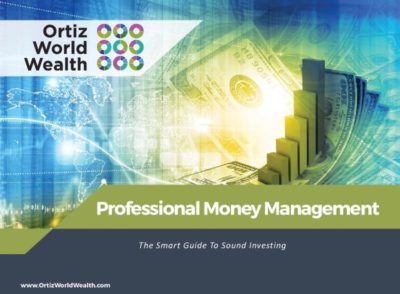
09 Apr Six Changes to Social Security in 2018
There are no radical changes to social security in 2018. There are, however, some minor amendments to the existing rules. Here are some of the changes that are taking place:
Full Retirement Age Increases
The full retirement age for social security benefits for Americans born before 1954 remains at 66 years while those born after 1954 will gradually increase to 67 years. This change is starting to affect Americans nearing the age of eligibility for social security. This will impact whether or not they are able to file for benefits when they reach normal retirement age or have to wait a few more months.
Since most Americans file for benefits before their full retirement age, the change will bring about a significant reduction in benefits. For example, if a person with a full retirement of 66, start receiving benefits at the age of 62, he or she will face a 25% decrease in benefits. If the person’s full retirement age is 66 and 4 months, 25.8% will be subtracted.
Cost-Of-Living Adjustment (COLA) Rises
Starting from December 2017, retirees will see their Social Security benefits rise by 2% due to the increased cost of living.
This is a highest cost-of-living adjustment for retirees in six years and it’s attributed to inflation and the rise in consumer price index (CPI). While that’s good news, the downside is that the rising cost of health-care premiums can easily wipe out the 2% increase.
Higher Taxable Income Cap
The maximum income taxable by Social Security changes slightly every year, this amount was set at $127,200 in 2017 meaning that anybody earning above this amount will not be taxed by Social Security.
For 2018, the maximum taxable income rose to $128,700 ($1,500 increase from the previous year). This means that more high-income earners will pay more in Social Security taxes in 2018.
A Slight Increase in Disability Threshold
More than 10 million Americans are eligible for Social Security disability benefits. However, there’s a limit to the amount of money individuals can make while collecting disability benefits. In 2018, that amount has increased slightly. For non-blind, the threshold rose from $1,170 in 2017 to $1,180 in 2018, while the threshold for blind rose slightly from $1,950 in 2017 to $1,970 in 2018.
Supplemental Security Income (SSI) Thresholds Are Also Rising
Supplemental Security Income (SSI) and Social Security Disability Income (SSDI) are forms of Social Security programs. Just like a retirement benefit SSDI payment is based on the work history of the recipient while SSI payment is based on the standard Social Security payment.
SSI federal monthly payment standard for 2018 is rising. The standard monthly payment for individual rose from $735 in 2017 to $750 in 2018, while monthly payment for couple rose from $1,103 in 2017 to $1,125 in 2018.
Credits Needed To Qualify For SS Benefits Are Getting Higher
In 2018, the credits required to qualify for Social Security benefits have gone up. To be eligible for Social Security, you need to earn at least 40 credits over your working career (maximum of four credits per year). A credit equals $1,320 in earnings in 2018, which means you need an income of at least $5,280 in order to earn the four credits you are entitled to each year.
In conclusion, the current financial state of Social Security isn’t good. And many experts have warned that Social security risks running out of money before 2035 if nothing is done to resuscitate the program. The solutions will likely result in tax increases for the rich and middle-income earners or reduction in benefits or combination of both. While the basic structure of Social Security remains the same in 2018, there are indications that major overhaul will take place sooner rather than later.




No Comments